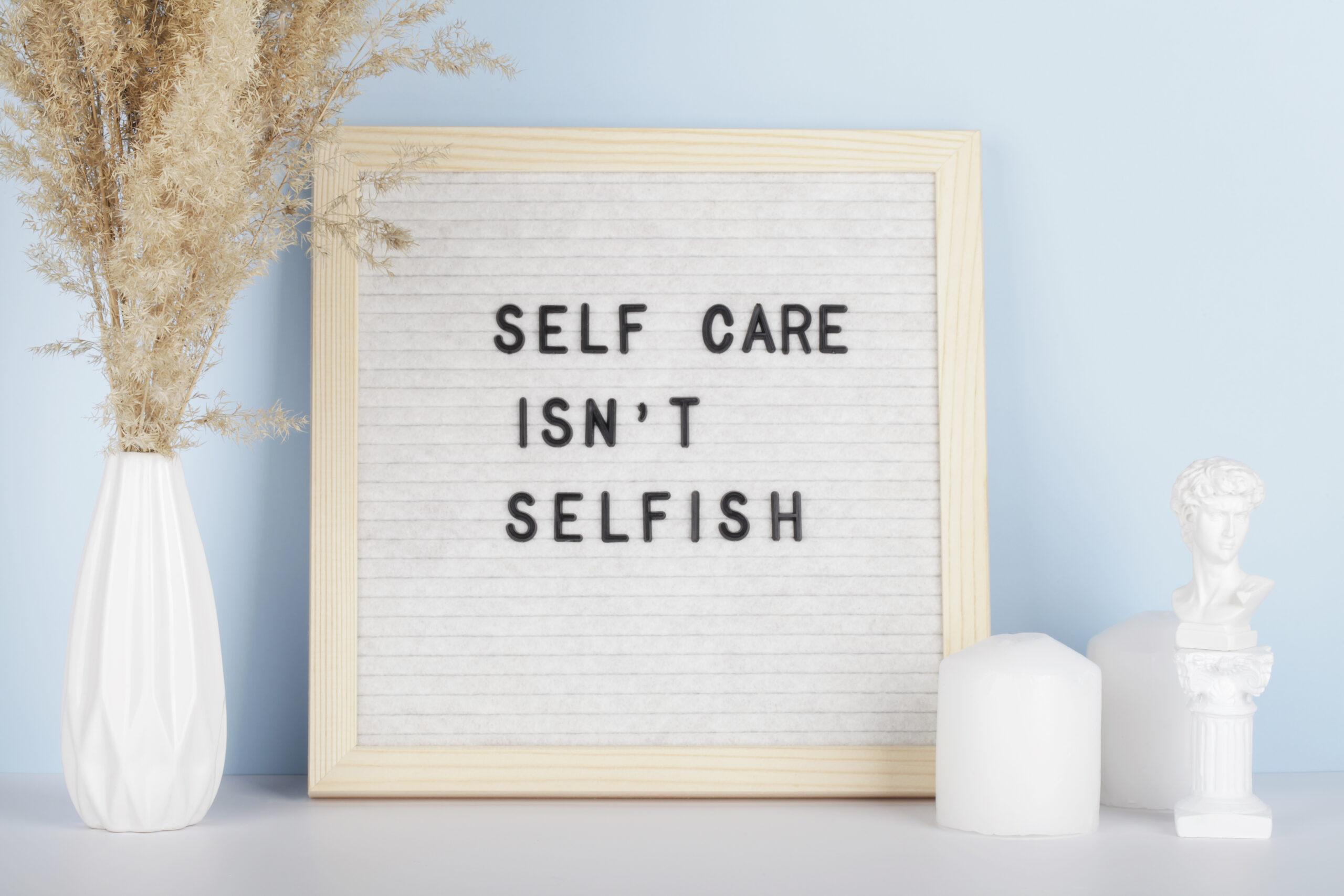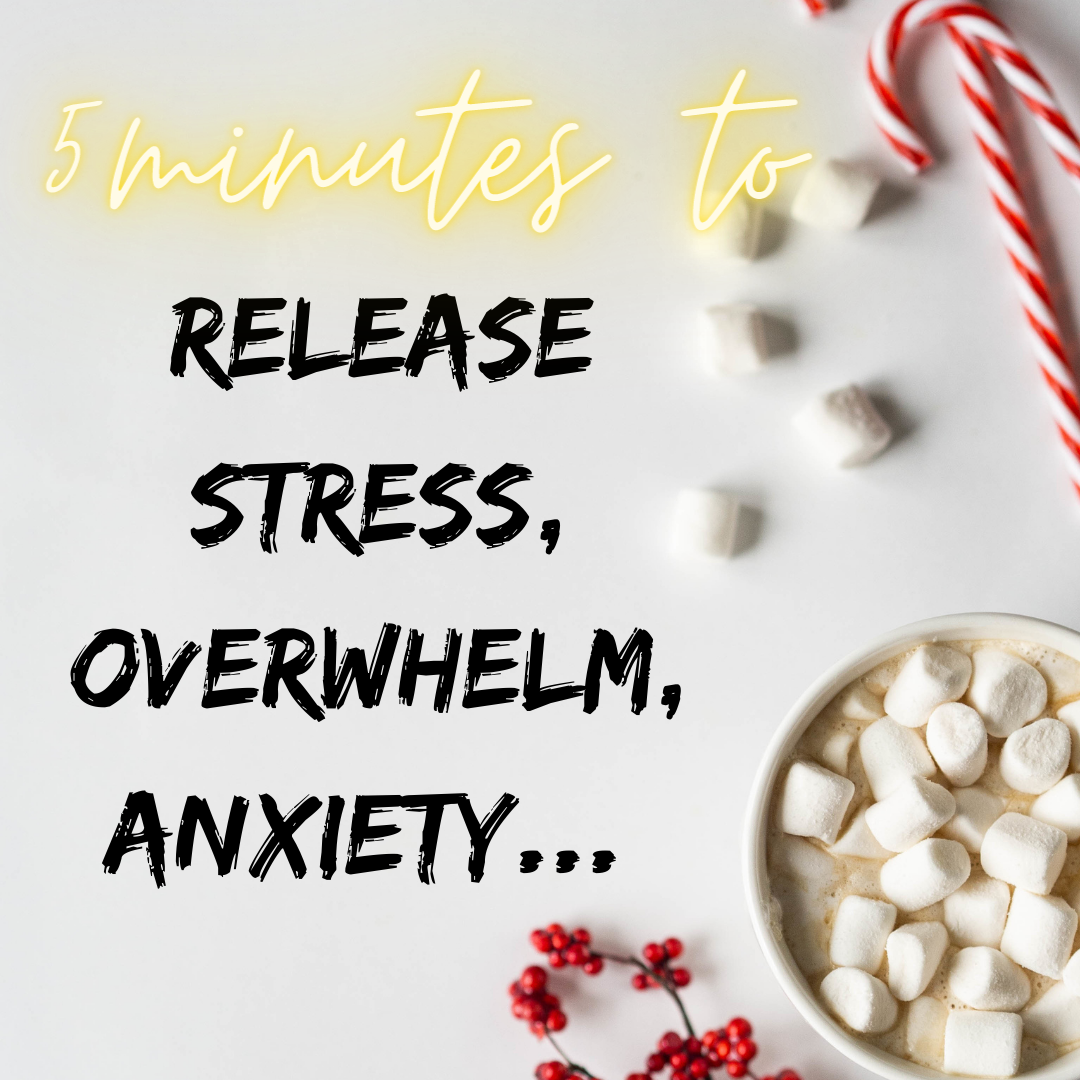Did you ever need to sit down to write something – anything from blog posts, through some dreaded emails all the way to bigger projects like a book or a thesis – and instead of writing, you’d sit down, open a blank document and then:
– go to Facebook,
– check your phone,
– get up and do the laundry,
– pluck your eyebrows,
or do anything else that ISN’T writing? This post is for you. I’m going to share with you a writing method that banishes writer’s block and helps deal even with severe cases of procrastination.
WATCH THE VIDEO OR READ THE POST BELOW:
First of all, credit where credit is due. This Writing Hours method is a method I came across in Lauren Graham’s book ‘Talking as fast as I can’ and it’s a version of the Pomodoro Technique, but adjusted for writers (so even if you do know what Pomodoro Technique is, you’ll still learn a new spin on it). And the actual author of this version of this kitchen timer or writing hours method is Don Roos, a Hollywood screenplay writer.
So now what is the method?
The principle behind this method is that everyone who is working on any kind of writing project needs a definite and doable way of being AND feeling successful every day. Especially, if you’re working on some kind of a longer writing project and you don’t see the final result until you’re done in a few weeks or a few months time and the progress is hard to notice. BUT this will also work for shorter projects.
This method ensures that you have a way to judge yourself and your progress, but based on behaviour (so in our case, how much time you spent writing) rather than content (and there’ll be more on the content part later, because that’s also very interesting).
But first, here’s how it works:
Buy a kitchen timer that goes to sixty minutes. Or use a timer app. Or tell Siri to start a timer for sixty minutes.
Decide on Monday how many hours of writing you will do on Tuesday, so always decide the day before. Some people make appointments in their calendar for these writing hours, as if they are a dentist appointment or a business meeting. A good strong beginning is one hour a day, but when you are doubting yourself or if you’re under pressure, choose fewer hours rather than more.
During the hour, follow the rules. No phones, no texts, and no Internet. Silence ringers. No music with words unless it’s a language you don’t understand. Headphones with a white noise app can be helpful (I use brain.fm and I can recommend that.). Turn off your computer’s WiFi if you have to. Turn your phone face down. No reading, no pencil sharpening, no desk tidying, no organising, no laundry. This is: Your. Writing. Time.
Immediately upon beginning the hour, open two documents: your journal and the project you are working on. If you don’t have a project you are actively working on, but you want to write anyway, just open your journal.
Now here is the most important part: A writing hour consists of time spent keeping your writing appointment. That’s it.
Here’s the beauty of it: you don’t have to write at all if you are happy to stare at the screen or the page. You don’t even have to write a single word on our current project. You may spend the entire hour writing in your journal. And anything you write in your journal is fine, even if you type “I hate writing” one hundred times. It is fine, good, and right if you spend all of the writing hours on any given day writing in your journal. This is just as good a writing day as one spent entirely in your current project.
When you wish and if you wish, pop over from the journal to the current project document and write for as long as you like. When you get tired or want a break, pop back to the journal. That’s the brilliance of it: you use your boredom to your advantage. When you get tired of your current project, take a break by returning to your journal. When that bores you, then go back to the project, and so on. This way you procrastinate on writing the thing you’re working on by… writing.
And more often than not you WILL actually get down to work on your project and the journal will sort of serve as a warm-up, and then you won’t feel like procrastinating on your writing project anymore, because you’re writing already anyway, and you’ve got to keep your writing appointment, so you might as well write something for your project.
When the hour is up, stop. Even if you are in the middle of a sentence. If you have scheduled another hour, give yourself a quick break before beginning again.
It is infinitely better to write fewer hours every day than many hours one day and none the next. If you have a crowded weekend, choose a half- or quarter-hour as your writing time. Put in that time, and go on with your day.
Now here is another point that I cannot stress enough. If you fail to make your hours for the day, you have scheduled too many. If on Wednesday you planned to write two hours and didn’t make it, then you schedule a shorter appointment for the next day. Do NOT schedule an additional hour to make up for what you didn’t do the day before or to catch up. I’ll repeat that. Do not schedule more the next day in order to “catch up”. Schedule less for the next day. Let the past go and move on.
And when you’ve fulfilled your commitment, credit yourself for doing so. You have satisfied your commitment to yourself, and the rest of the day is yours to do with as you wish. Congratulations. This is the writing hour method. You are now free to write AND feel good about yourself and your progress.
Now, here is a word on content, as promised.
Because we set up a goal for ourselves that is easy, measurable, free of anxiety and basically fail-proof, because everyone can sit and an hour will aways pass, all of that frees our mind from unnecessary worries and blocks that usually stop you from writing good stuff.
And as soon as you get into the groove and understand that it is enough to keep your commitment to just be there and even stare at the screen if that’s all you feel like doing, you’ll silence that voice that tells you inside that you’re not doing enough, that you’re not writing enough, that you’re not enough. And by doing so you make space for the brilliant content to flow through you.
You free yourself up from anxiety and resistance and open yourself up for creativity. Quantity BECOMES quality as a result.
So again, this wonderful method was provided and shared by Don Roos, who deserves all the credit. And it seriously works.
Whatever thoughts you might’ve had about having a writers block or not being able to write well will disappear as soon as you start showing up for your writing hours appointments and start typing in your journal. We all can talk, and journaling is nothing more than talking – on paper. And as soon as you see yourself pouring the words onto the screen, you’ll become confident and realise there is no such thing as a writer’s block, because there is no such thing as a talker’s block.
So since you literally are able to write, you end up taking a stab at writing your project. And if you keep up your writing hours commitments (and this system ensures that you do), then soon enough you’ll have your first draft. And, as they say, you can’t edit a blank page, so as soon as you have that draft you’ll be able to edit it, or get some feedback and make actual progress in your work.
Now, I’ve got just one question for you. How many writing hours will you schedule tomorrow? I would love to know, so make yourself accountable to your writing hours commitment by leaving a comment below.
That’s all for today. Share this episode and this blog post with your friends with the the social media button of your choice, so that they too can implement this method and start feeling successful AND seeing progress.
For more inspiring videos and articles to help you make YOUR dreams come true, leave your name and email below this post to get weekly notes from me directly to your inbox.
Thank you for watching and see you next time!







